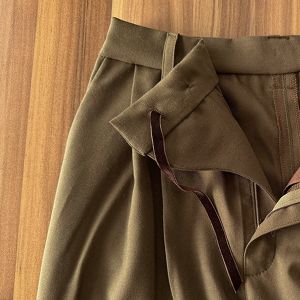Hi
Any easy tips to establish the true bias of fabric piece so I can make some bias binding. I had difficulty pulling the two threads in fabric (one along selvedge and other across the grain)as advised to establish first marking/cutting line… the threads kept breaking.
maureen



























Replies
I would start by folding over the selvedge towards the other nonselvedge edge. The new folded edge you have created is the bias. If you open any basic books on sewing you will find additional information on cutting the fabric to get a long continuous bias strip.
Like rekha, I find the bias by folding the fabric at right angles across the length so that one cut end is facing north, say, and the other is facing east or west. Then you can match up the selvege with any horizontal thread. Pin the folded fabric, and carefully press the diagonal fold; you can use that as a basis for your first and later cuts.
Another easy method is to use the clear rulers for rotary cutting that have the bias marked on them. You just line up the diagonal line with the selvege and cut along the straight edge. Cutting bias strips got me hooked on rotary cutters after all these years--it so much easier and more accurate than with shears because you don't lift or stretch the bias at all.
Thanks for handy hint about rotary cutter
mc
Depending on the fabric you usually don't need really true bias. When I'm cutting bias I often fudge the angle to get the strips long enough from a small piece of fabric. Test your fabric's stretchiness along different lines and consider how much you need the bias to curve. If you're going around a small neckline you need it to be very flexible, but if you're binding a straighter edge you can use a less flexible piece.
This post is archived.